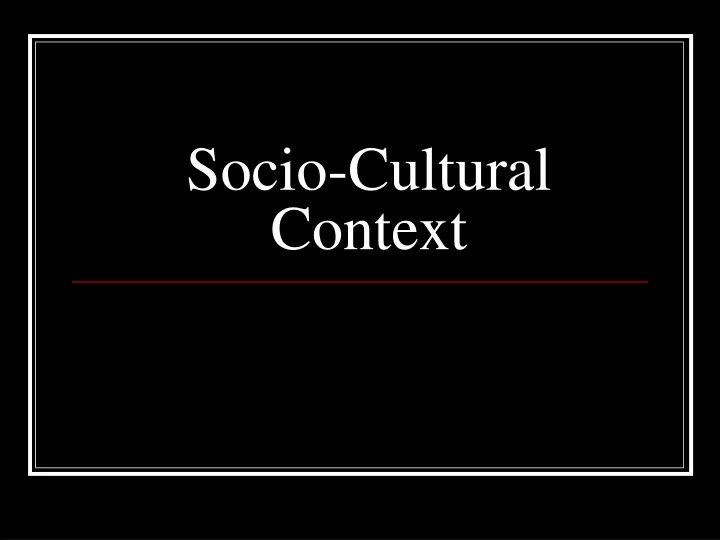

The important role played by peers in shaping student motivation highlights the relevance of the vivid discipline of group dynamics. When children are socially supported and accepted by their peers, they have stronger motivation, have better achievement outcomes, and are more engaged in school. Peers are another important social influence on motivation. (2017) have found that “at the individual level, student’s perceptions of peer supports are likely to impact student effort and mastery goal orientations by way of internalized values and academic self-efficacy” (p. (2019) note, there is plenty of research evidence to suggest that peers often gravitate to similar others and strengthen one another’s motivational orientations, and where these motivational orientations are learning or achievement-focused, the effects of such social influence can be very positive.



Sullivan, 2007) or of underachievement and the “norm of mediocrity” in response to the prevailing peer group culture (Graham, 2001) or of more serious behavioural consequences such as disaffection, classroom countercultures and school dropout (Hymel et al., 1996). Peer influence on student motivation is often portrayed negatively in terms of social comparison and the development of self-conscious emotions in performing in front of peers (Lewis &. Peer groups may exert a powerful influence on individual motivation, especially among young adolescent learners, since adolescence is a period when peer relations take on increasing significance over parental influence and relations, when students often experience transitions to new school environments and social networks, and when processes of identity and self-concept formation are shaped (Berndt & Keefe, 1995). Thus, by the beginning of the new millennium, social motivation had passed its infancy and the topic became a permanent component of most relevant research agendas (for a review of the development of sociocultural awareness in the field, see Dôrnyei, 2020). This was followed by a continuous stream of publications related to social motivation, including two high-profile edited volumes involving sterling casts of contributors, Social Motivation: Understanding Children’s School Adjustment (Juvonen & Wentzel, 1996) and Student Motivation: The Culture and Context of Learning (Salili, Chiu & Hong, 2001 ). This general trajectory underwent a profound change in the 1990s, well reflected by the publication of an influential paper by Weiner (1994) entitled “Integrating social and personal theories of achievement motivation”. Theories of Motivation in Psychology 29 concerns did not affect the core trajectory of motivation research, which had been dominated by the study of “intrapsychic processes and individual achievement strivings” (p. This emphasis does not mean, however, that social concerns and influences were completely ignored, as the historically dominant theories of motivation did recognise the importance of certain interpersonal relationships as determinants of human behaviour yet, as Graham (1996) rightly pointed out, these social needs, beliefs, desires, interests, goals) as the primary determinants of human behaviour. Motivational psychology has traditionally focused on personal factors (e.g. We shall begin the current discussion by describing the rise of social motivation, and then survey the main social factors impacting student motivation, from the influences of the peer group to the broader cultural context. In fact, the sociocultural dimension of motivation has gained such an importance that the notion of “social motivation” was introduced in the 1990s to provide an umbrella term for related research. Theoretical accounts of motivation - and also of other related psychological constructs such as identity and self-esteem - have increasingly abandoned the tacit assumption of environmental generalisability and included contextual factors into the research paradigms. This has indeed turned out to become a major theme in contemporary motivation research: although the field of motivational psychology was originally characterised by an individualistic perspective, whereby the sociocultural environment was considered through the individual’s eyes and was thus seen to play a relatively marginal role, this view has undergone a dramatic change over the past two decades. regarding self-determination theory, self-efficacy and social goals) that socio-contextual factors can play a significant role in shaping motivation. We have seen in several places in this chapter (e.g.


 0 kommentar(er)
0 kommentar(er)
